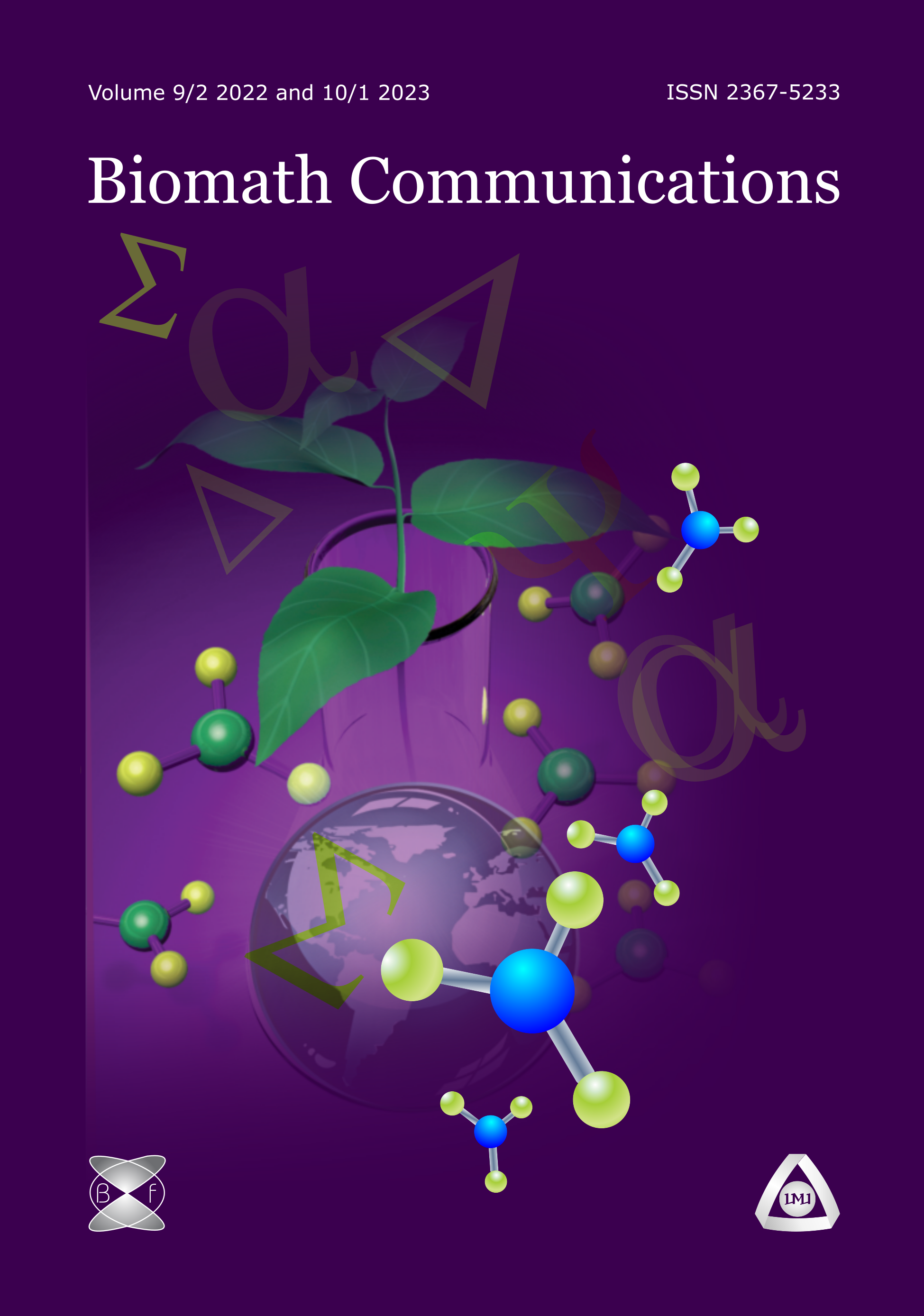A Mathematical Model of Solid Waste Accumulation and Treatment with a Varying Human Population Size
DOI:
https://doi.org/10.55630/bmc.2022.03.238Abstract
Solid waste management has continued to be an increasing challenge worldwide and the situation has become worse in urban areas of developing countries. The rapid urban population growth, mainly due to high immigration and birth rates, has led to large amounts of solid waste, making it difficult for authorities to effectively manage the accumulated waste. Existing mathematical models of solid waste accumulation consider solid waste management by an external effort and do not address the contribution of the population in the management process. In this study, a mathematical model of solid waste accumulation is developed and analysed incorporating parameters for human immigration and solid waste recycling by particular population age groups. The solid waste is considered to be of two categories: biodegradable and non-biodegradable. Existence of equilibrium points is established and their stability analysed. Numerical simulations are done using MATLAB and Maple. Results show that solid waste increases with increasing human population and thus a solid waste free environment cannot be achieved. Sensitivity analysis suggests that improving the biodegradability of solid waste coupled with aiding solid waste decay and recycling reduces the final size of solid waste.
Downloads
Published
Issue
Section
License
Copyright (c) 2022 Isaac Rukundo, Pius Ariho

This work is licensed under a Creative Commons Attribution 4.0 International License.
The journal Biomath Communications is an open access journal. All published articles are immeditely available online and the respective DOI link activated. All articles can be access for free and no reader registration of any sort is required. No fees are charged to authors for article submission or processing. Online publications are funded through volunteer work, donations and grants.
Authors who publish with this journal agree to the following terms:
- Authors retain copyright and grant the journal right of first publication with the work simultaneously licensed under a Creative Commons Attribution License 4.0 that allows others to share the work with an acknowledgement of the work's authorship and initial publication in this journal.
- Authors are able to enter into separate, additional contractual arrangements for the non-exclusive distribution of the journal's published version of the work (e.g., post it to an institutional repository or publish it in a book), with an acknowledgement of its initial publication in this journal.
- Authors are permitted and encouraged to post their work online (e.g., in institutional repositories or on their website) prior to and during the submission process, as it can lead to productive exchanges, as well as earlier and greater citation of published work (See The Effect of Open Access).

